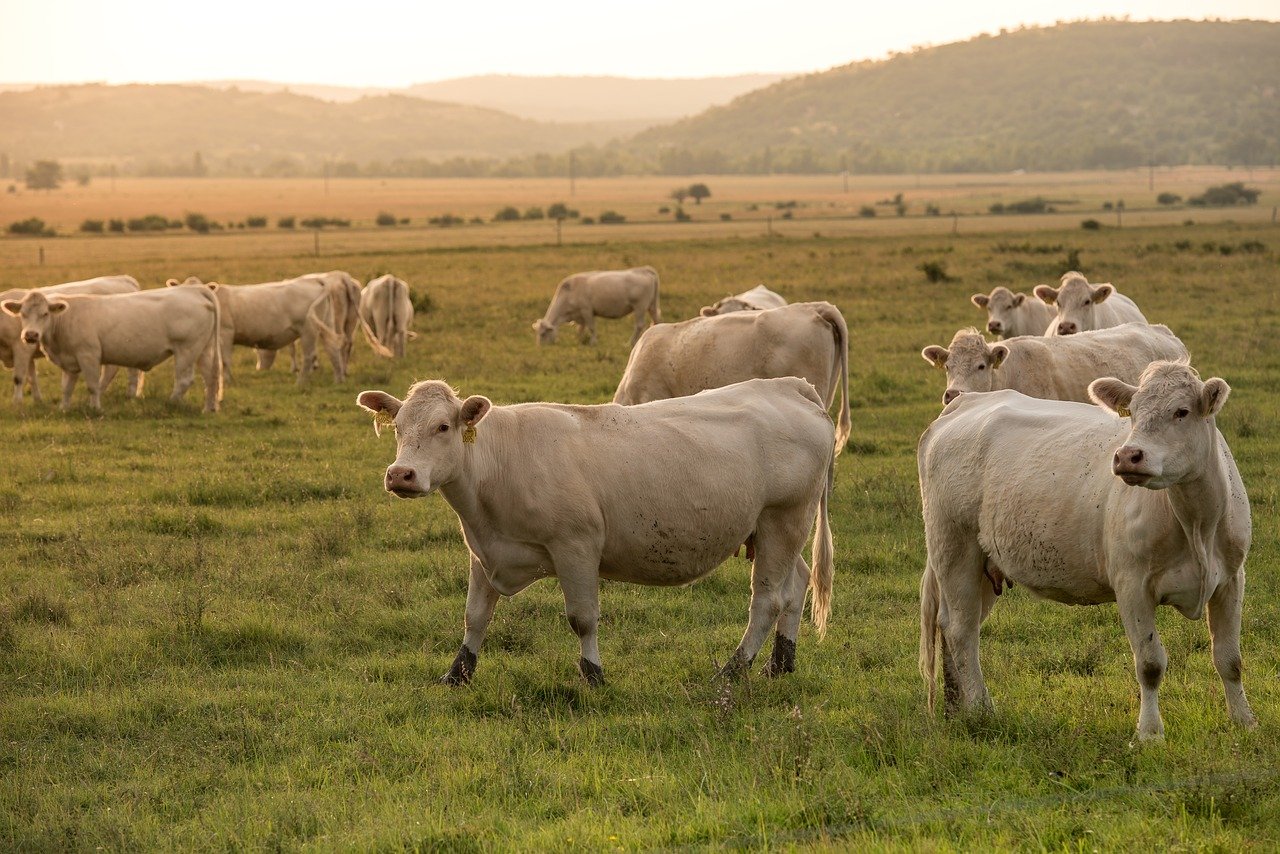Some years ago, I went with my students to a dairy farm. When we entered the building in which the cows were kept at that moment, most students wrinkled their noses or even pinched them shut. The sharp smell of urine and excrement was indeed strong and not pleasant. For some students it was so overwhelming that they could not focus on what we were talking about. I bet they would have been happy if the farmer had trained his cows to use a latrine.
Is it possible to potty-train a cow?
Cats can learn to use litter boxes. Dogs can hold their bladders till it’s time for a walk. Why shouldn’t cows be able to?
Recently researchers have shown that calves can indeed learn to use a latrine.
How does one potty-train a cow?
The researchers trained 16 calves in three steps:
Step 1: The calves were constrained to a small area designed to be a latrine. Whenever they urinated there, they got a treat. After 8-10 sessions most of the animals understood the connection: they turned towards the food dispenser during or just after peeing.
Step 2: The calves were not constrained to the latrine but could also enter an adjacent stall. Whenever they did their business in the latrine, they were rewarded. If they relieved themselves outside it, they were sprayed with a sprinkler for 3s (not painful, but unpleasant to them). Most of the calves (11 out of 16) usually used the latrine to pee (more than 80% of the time).
Step 3: Similar as above but the area outside the latrine was larger. The potential increase in the distance to the toilet didn’t make much difference in the calves’ performance.
The study shows that calves are aware of a full bladder and can self-control urinating.
The cows were not 100% successful, but they were only trained 25 days at most (in total across stages 1-3) and for only 45min per day. My children took a lot longer to potty-train.
If the calves received more training, they would most likely get better at using the latrine.
Why would one potty-train a cow?
It is not the smell of urine that inspirated this study. After all, sensitive-nosed students do not spend much time on farms and farmers themselves usually don’t mind the smell so much.
However, the ammonia present in urine is an air pollutant, negatively impacting health. Additionally, cow excreta are a big source of greenhouse gasses such as nitrous oxide. They can also lead to soil and water contamination.
If the cows are trained to use specific places to urinate, their urine can be collected and treated, greatly reducing its negative effects. It could be also turned into fertilizer.
Additionally, cow latrines would improve the air quality, cleanliness and hygiene of their stables and increase the welfare of both for cows and humans.
What’s next in cow potty-training?
There are around 1 billion cattle worldwide (1 for every 8 people!). And average cow can pee tens of litres per day. There is a lot to be gained by collecting at least some of it*, but the training will need to be automated to make it viable on a large scale and the researchers want to work on that.
It is also unclear how far the cows would be able and willing to walk to a latrine (they had to walk at most 6m in the training). But as one of the authors said: cows “are much, much smarter than people give them credit for.” If other animals can learn to control their needs for longer, why wouldn’t cows?
* Of course, reducing the cattle population (if people consumed less beef and milk products) would be the easiest way to reduce the environmental costs of meet and diary production.
Polską wersję tego wpisu możesz znaleźć tutaj.
Photo: Milesz via Pixabay

